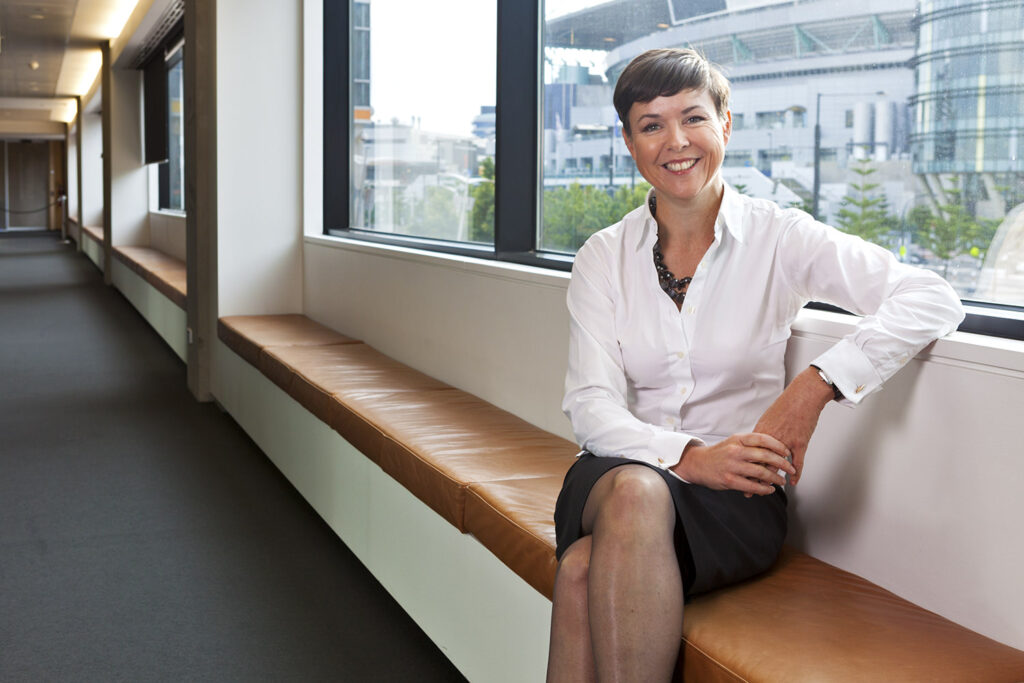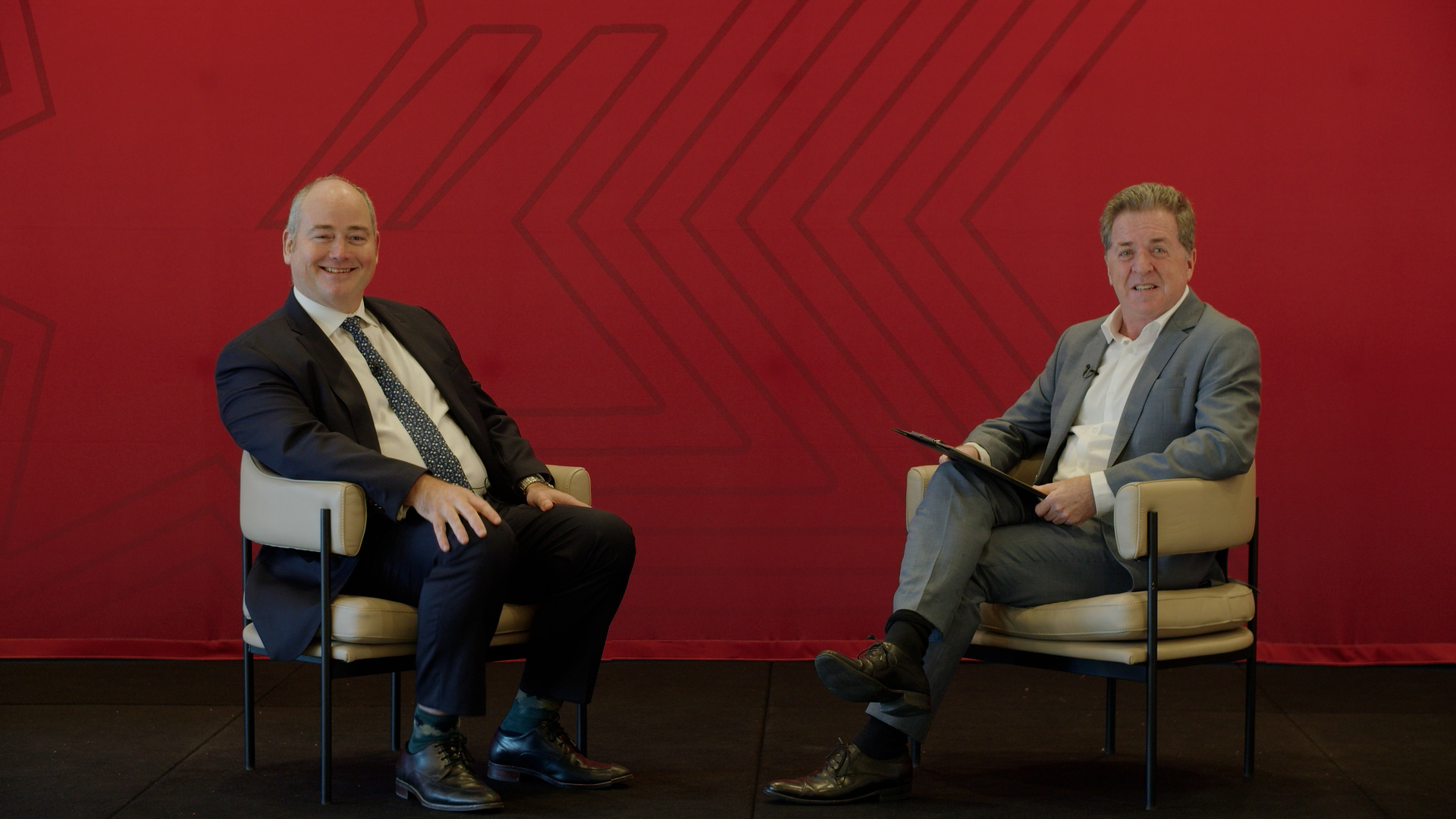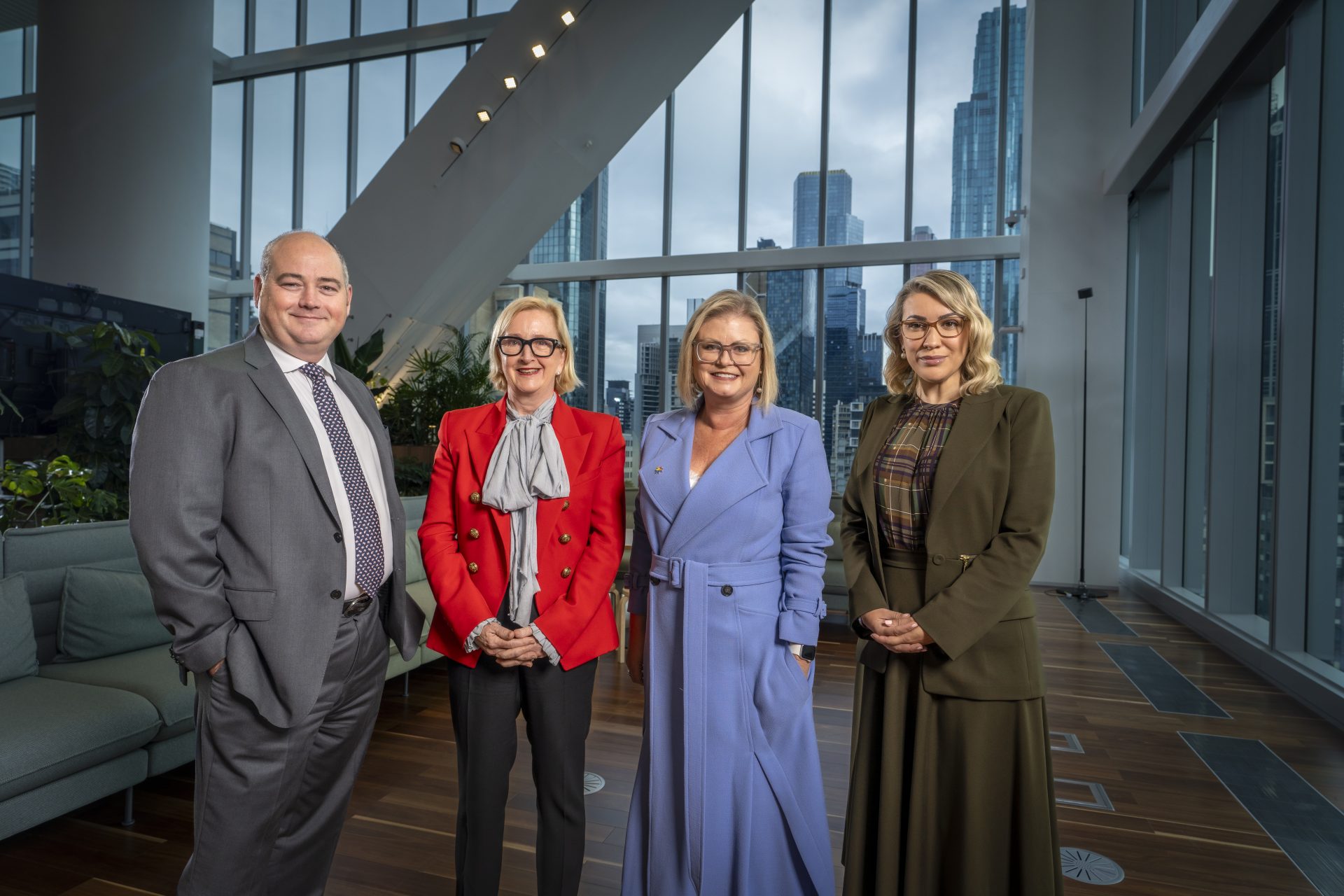It can be lonely, sometimes even scary being in a minority. You can doubt your skills and abilities and worry about whether you belong and whether you have a legitimate voice. In my twenty-year career in the traditionally male dominated environments of banking, law, mining and the chemical industry, this is something that I have experienced first-hand.
And despite extensive research showing that the more women in leadership positions, leads to better business performance, these feelings often prevail in the minds of Australia’s working women. Which is exactly the reason why I support the BCA’s aim to achieve 50:50 gender representation on boards and at senior levels in business.
But diversity is not just a numbers game. The human element is so important and accordingly, we need to focus on building a culture of inclusion. By its very nature, diversity requires the acceptance of that which is different. It requires a supportive environment, where individuals are able to leverage their experiences, both professional and personal, and add value to the nuts and bolts of the business.
It needs to feel okay to challenge the status quo, to put potentially radical ideas on the table – which can only happen in a diverse and inclusive environment. If we can fundamentally change the culture of business to be more inclusive, we will be in the best possible position to secure Australia’s long-term global competitiveness.
Australia is facing crucial decisions about how to tackle the complex issues of economic reform – the need for productivity improvement, for infrastructure investment and for better regional trade relationships. And to get it right, we are going to need to access the unique perspectives and critical thinking in our business community.
But, right now, Australia lags in terms of the share of women on boards of listed companies.
According to the World Economic Forum, women occupy 7% of Australian board positions, behind Norway (37%), France (18%), Indonesia (18%), Sweden (17%), Bulgaria (15%), Finland (14%), South Africa (13%) and the United States (10%).
We need board-endorsed and publicly disclosed targets to change these numbers. We need more policies to encourage and promote gender diversity, to help counter the unique issues faced by women in the community.
The introduction of parental leave policies and its support from both sides of politics, as well as the broad adoption of flexible working policies by business, is both pleasing and overdue. But the reality is that there are many more women than men continuing to take time out of the workplace to raise their families. It goes without saying that this impacts their career momentum and remuneration.
Last year NAB and the FSU conducted gender pay equity audit and found that while men and women are paid equitably for doing ‘like for like’ work, women receive less in incentives, primarily as a result of lower representation in senior roles and shorter average tenure.
We are taking action on these issues by introducing pay reviews on return from parental leave and by rolling out unconscious bias training to all people leaders. And the results show, that while we’re not perfect, we are heading in the right direction. The audit showed the gender pay gap at NAB is currently at 29 per cent, having decreased each year from the initial 2007/8 baseline measure of 37 per cent.
The commitment to providing an equal and supportive work environment does not stop with remuneration. Social policy plays an equally important role.
In 2013 NAB was the first major bank, and one of the first major Australian businesses, to launch a Domestic Violence Support policy. I congratulate my counterparts at Westpac who recently introduced a similar policy
The question of why such a policy is necessary is obvious when faced with the statistic that one in three Australian women still face some form of domestic violence, potentially preventing them from fulfilling their career potential.
Prior to joining the bank, I didn’t anticipate such an appetite for change. I realise now that I had my own conscious bias about banks being pale, male and stale.
This experience taught me that organisations and industries evolve. As leaders, we need to continue to challenge ourselves, to recognise, value and encourage the breadth of life experience in our workforce.
I hope we see that business leaders, organisations and economies which truly embrace diversity find competitive advantage in their approach – and that it leads to sustained performance outcomes.
Michaela Healey,
NAB Group Executive, People, Communications & Governance
Women represent 30 per cent of the top three management layers at NAB. Its target is to increase this to 33 per cent by the end of 2015.





